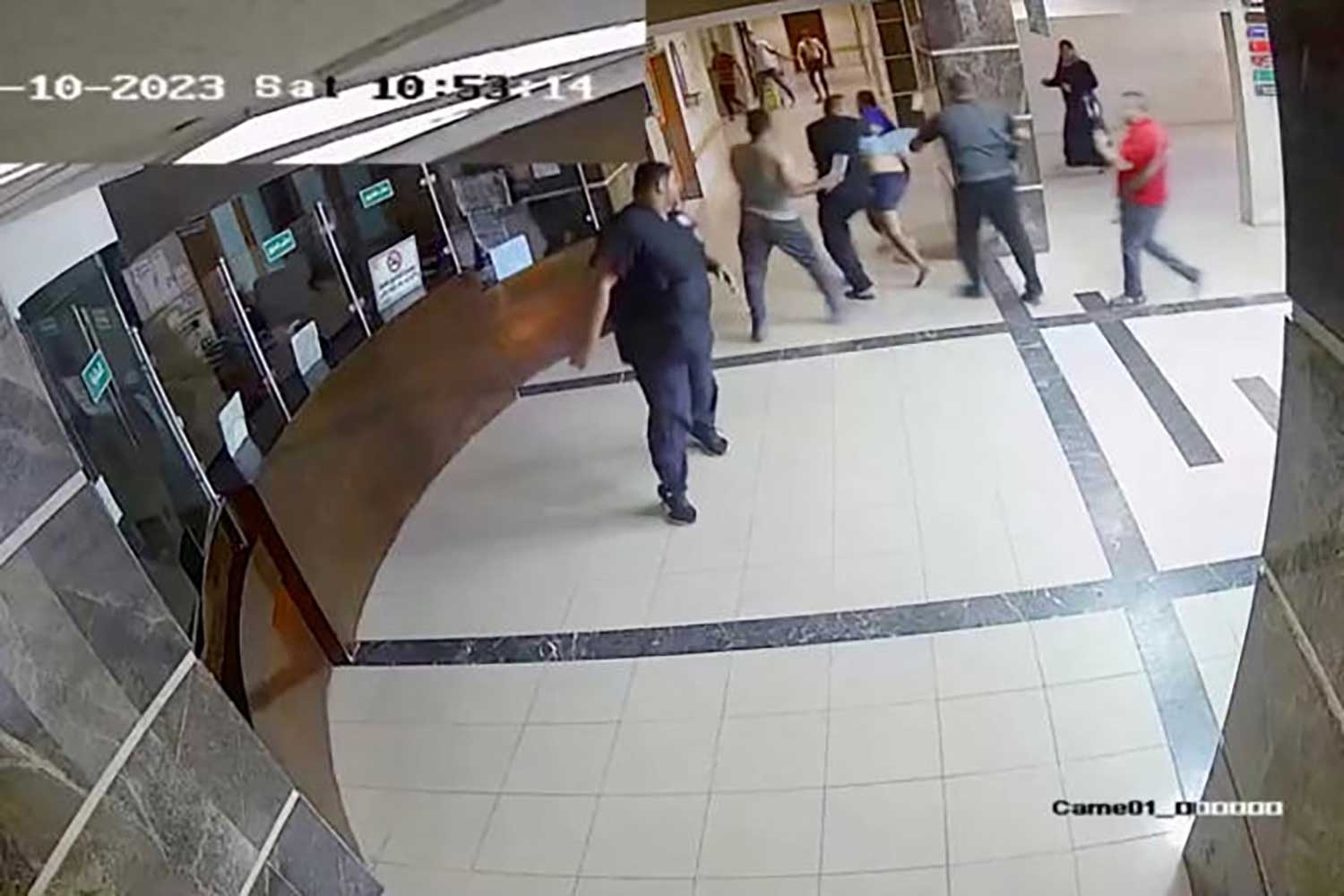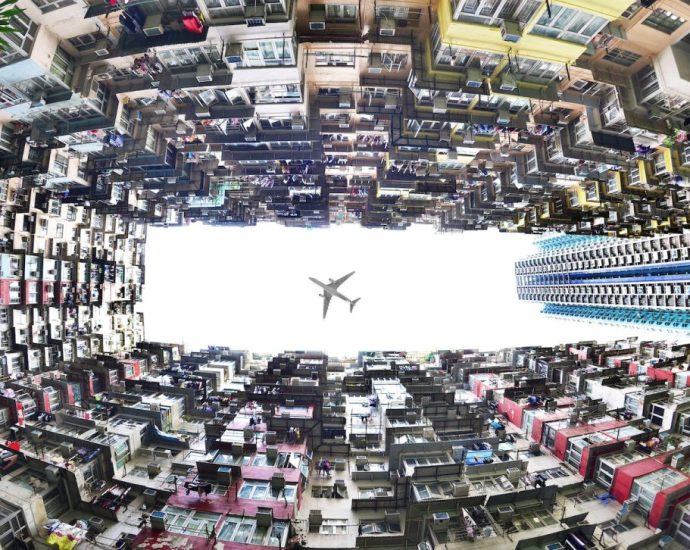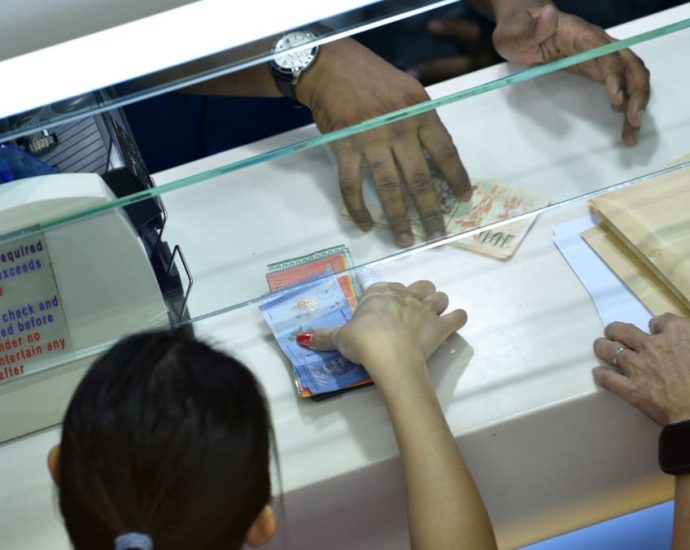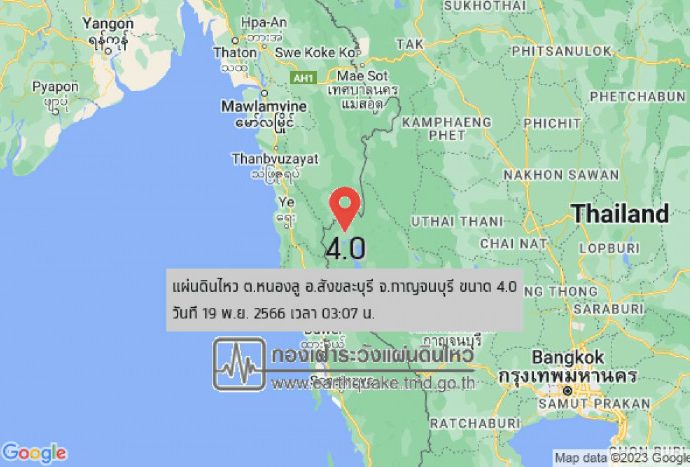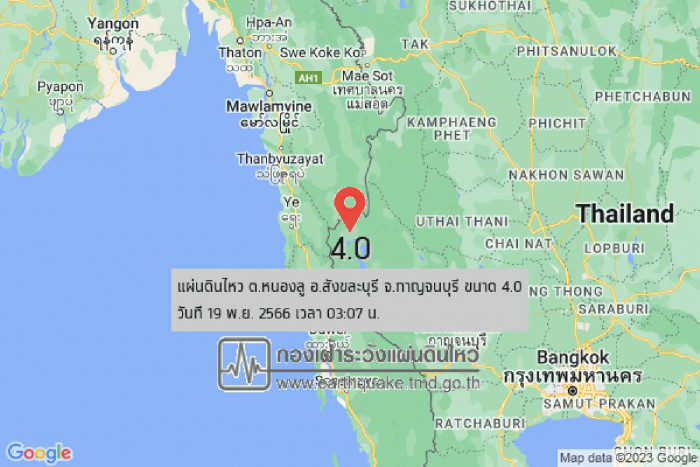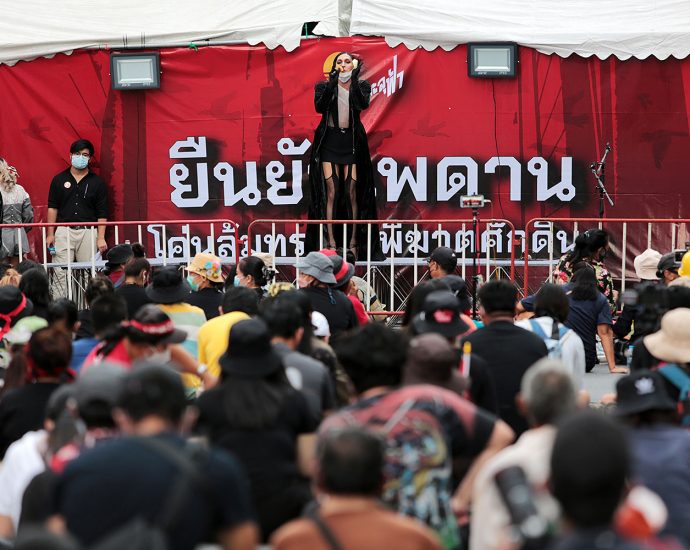Arangâs private dining chef opens hawker stall in Yishun selling nasi kerabu with freshly grilled meats

You get a serving of nasi kunyit or turmeric rice, with a choice of chicken, fish or lamb, paired with kerabu salad, fish keropok, sambal budu and some salted egg. From now until the end of November, an opening offer sees the dishes priced at S$8.50 for the chicken, S$11.50 for pomfret and S$15.50 for lamb ribs.
The style is inspired by Asyraffie’s travels through Malaysia and Thailand, during which “I noticed that grilling is typically done especially in the kampung areas. At Kerabu, we use coconut husk in the grill for an added smoky flavour. We also use banana leaf to wrap our delicate proteins such as our pomfret fish, making the dish fragrant”.
In addition, “We use turmeric rice instead of the usual blue pea rice. The turmeric rice elevates the flavours and is visually cohesive with the other elements of the dish,” he said.
“The highlight of the dish is actually the kerabu salad”, which uses fresh winged bean, pomegranate and pomelo. “We added the two fruits to create some freshness and balance out the overall flavour.”



